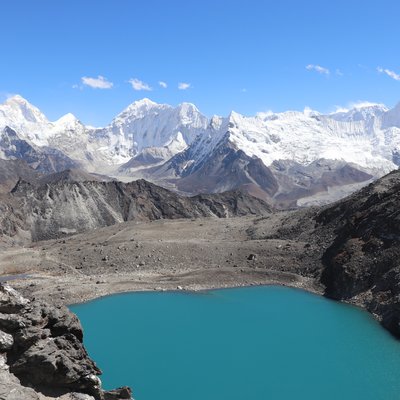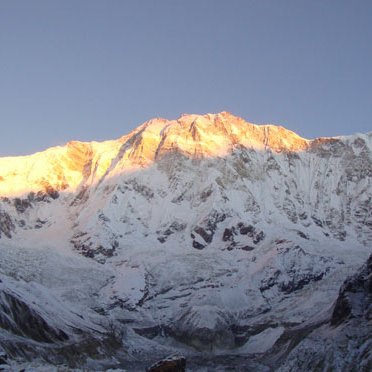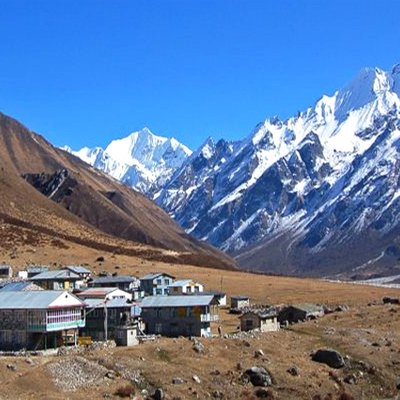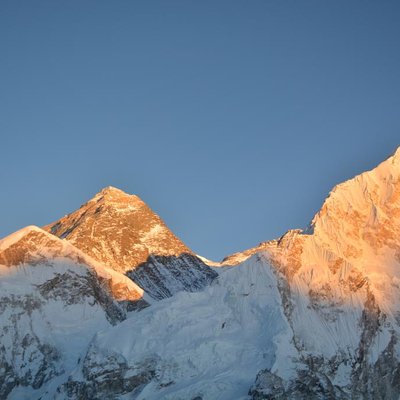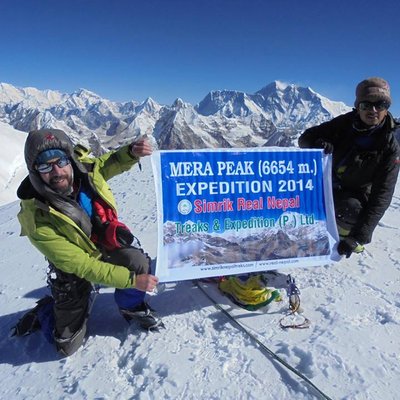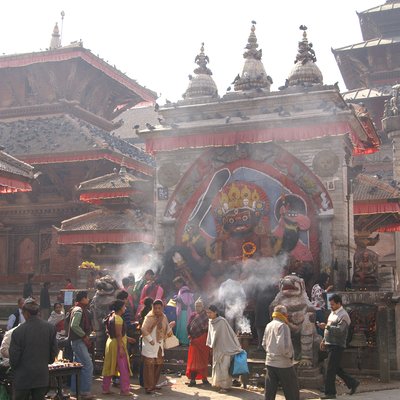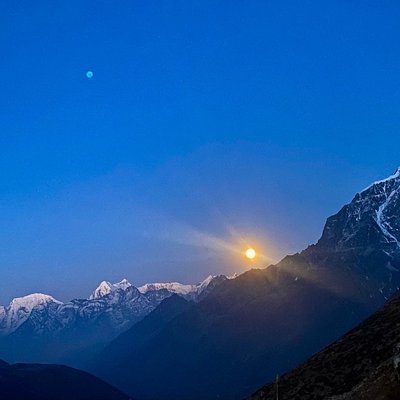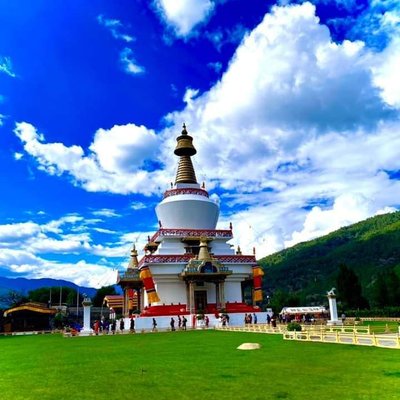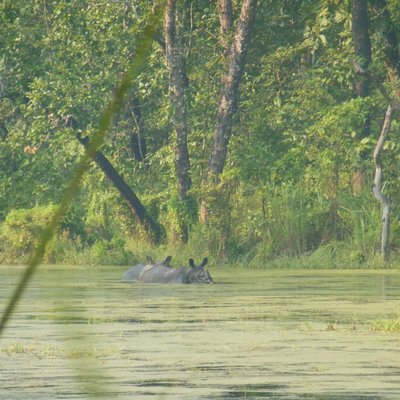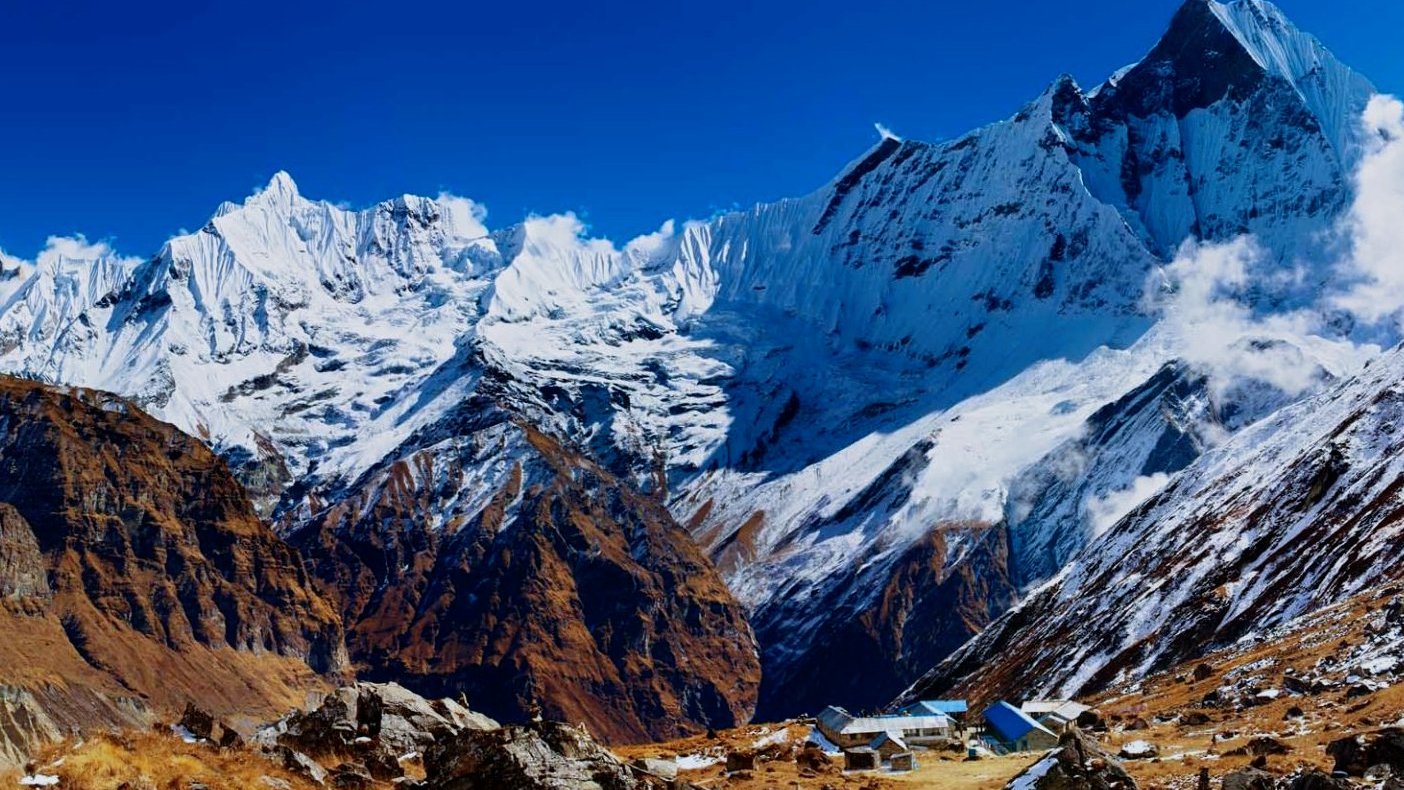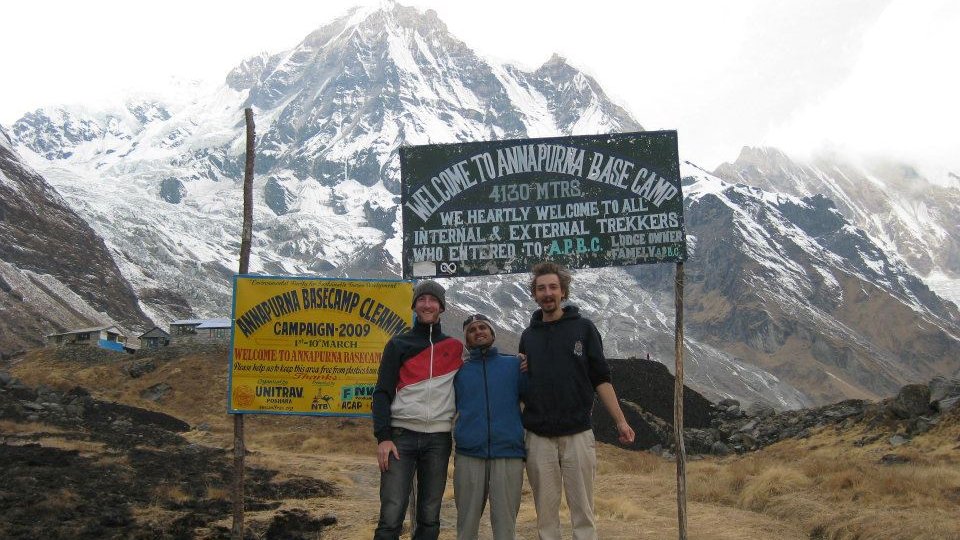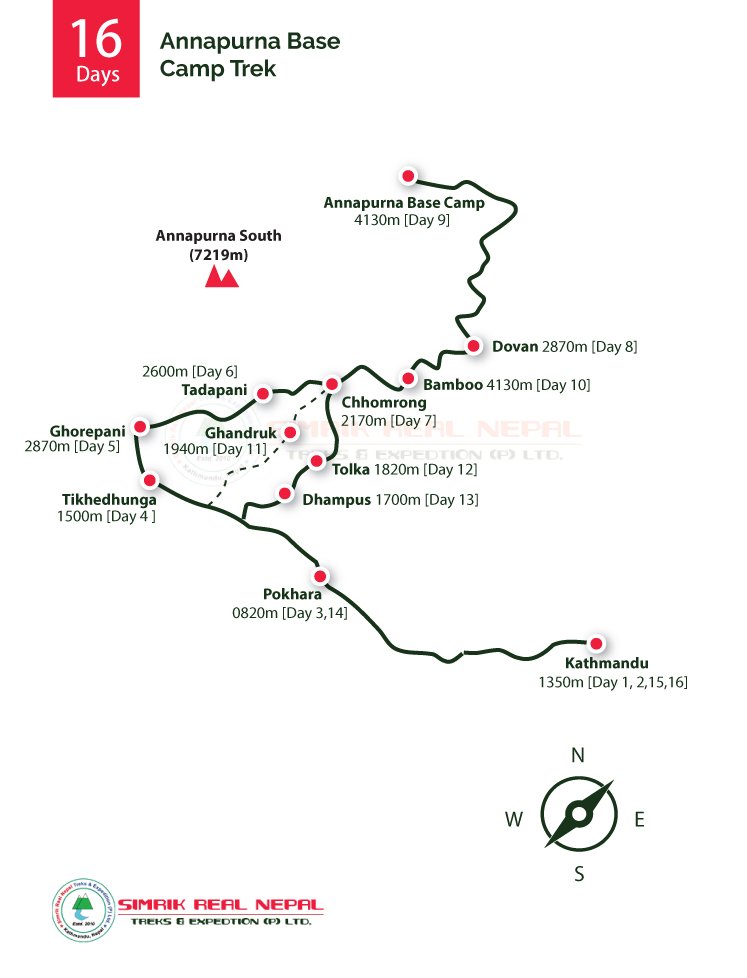Kathmandu Valley Sightseeing – A Day of Heritage and Spiritual Wonders
From sunrise to sunset, the Kathmandu Valley Sightseeing Tour unfolds like a sacred scroll—layered with legends, artistry, devotion, and discovery. You start your journey surrounded by centuries-old architecture and spiritual vibrance. Simrik Real Nepal Treks has carefully curated this immersive day experience so that every step you take will echo Nepal’s timeless essence.
Our experienced cultural guide has already prepared the route, ensuring you won’t just be visiting monuments—you will be absorbing their stories. Over the years, travelers have consistently said that this day offers one of the most enlightening introductions to Nepal. While walking through the ancient lanes, your senses are constantly being enriched by the aroma of incense, the ring of temple bells, and the smiles of saffron-robed monks and pilgrims.
Boudhanath Stupa – The Spiritual Pulse of Tibetan Buddhism
We begin the morning at Boudhanath Stupa, where massive white domes and watchful Buddha eyes have stood vigil for centuries. Prayer wheels are spinning, incense is rising, and monks are chanting in unison—a sacred soundtrack to your spiritual awakening. This UNESCO World Heritage Site has been attracting Tibetan refugees, artists, and seekers for decades. You may already feel the peace that so many before you have discovered here. Even now, pilgrims are circumambulating, whispering mantras and keeping the energy alive.
Next, we visit the divine domain of Lord Shiva at Pashupatinath Temple, one of the holiest Hindu shrines in South Asia. While non-Hindus aren’t permitted inside the inner sanctum, the external view from the Bagmati River offers a profound perspective. You might witness an open-air cremation—an intimate moment that embodies Nepal’s raw, unfiltered spiritual culture. Devotees have been performing these rites here for generations. By the time you leave, you will have witnessed something ancient, emotional, and deeply moving.
By mid-morning, the cobbled alleys of Bhaktapur are bustling with artisans, schoolchildren, and shopkeepers. This city-state had once flourished as a Newar kingdom, and its Durbar Square remains a proud testament to that golden era. You will see the 55-Window Palace, Golden Gate, and towering Nyatapola Temple—each has survived earthquakes, invasions, and time itself. The smell of clay and the rhythm of wooden wheels have been weaving their magic in these alleys long before your arrival.
Patan Durbar Square – Where Bronze Breathes and Stones Whisper
We continue south to Patan Durbar Square, an architectural marvel carved in devotion. It is known for its refined Newar craftsmanship, where each temple and courtyard tells a story of kings, deities, and everyday life. In the Patan Museum, you will be studying centuries-old bronzes and Hindu-Buddhist symbology. The Krishna Mandir stands like a gem sculpted from stone, echoing chants that once were recited under the stars. Even while walking quietly here, you are stepping into a cultural heartbeat that has been pulsing for more than a millennium.
Swayambhunath – The Hilltop Sanctuary of Harmony
As the day mellows, we ascend to Swayambhunath, also known as the Monkey Temple, where ancient serenity meets panoramic grandeur. The golden stupa has crowned the Kathmandu skyline for over 2,500 years. Prayer flags flutter in rhythmic unison, eyes of the Buddha watch eternally, and prayer wheels are turning like the wheels of life. Monkeys have been climbing, leaping, and observing the crowd, much like they had done in the centuries past. As the sun sets behind distant hills, you might be realizing that your perception of Nepal has already shifted—and your soul will have been touched.
A Journey Remembered, A Story Forever
By the time you return to your hotel, your heart will have been filled with insight, reverence, and vivid memories. This sightseeing tour has not only introduced you to historic sites—it has awakened your connection with Nepal’s spiritual and cultural core. You will continue remembering this day, long after your journey ends, because Kathmandu Valley doesn’t just exist—it has been living, breathing, and beckoning across centuries.
